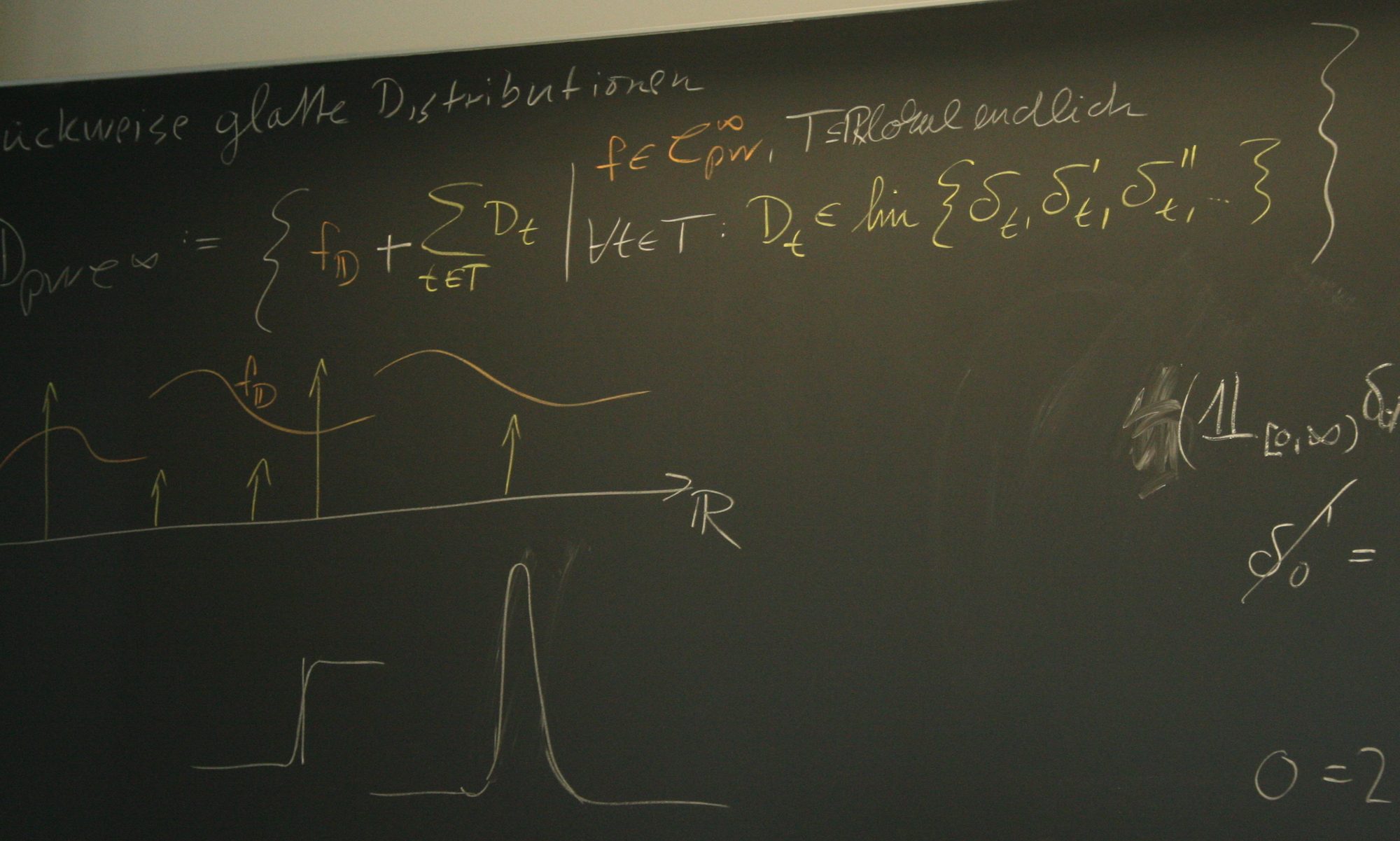Cimpean, Radu; Trenn, Stephan Utilizing discontinuous piecewise Lyapunov function for a biological PWA system and extending the analysis via input-to-state type stability Proceedings Article In: Proc. 23rd European Control Conference (ECC 2025), pp. 194-200, EUCA IEEE, Thessaloniki, Greece, 2025. @inproceedings{CimpTren25,
title = {Utilizing discontinuous piecewise Lyapunov function for a biological PWA system and extending the analysis via input-to-state type stability},
author = {Radu Cimpean and Stephan Trenn},
url = {https://www.paperhost.org/proceedings/controls/ECC25/files/0230.pdf, Paper
https://stephantrenn.net/wp-content/uploads/2024/08/Preprint-CT250515.pdf, Preprint},
year = {2025},
date = {2025-06-25},
urldate = {2025-06-25},
booktitle = {Proc. 23rd European Control Conference (ECC 2025)},
pages = {194-200},
publisher = {IEEE},
address = {Thessaloniki, Greece},
organization = {EUCA},
abstract = {We study a piecewise affine (PWA) model of the spiking of neurons located in a subsystem of the olfactory system. Our longterm goal is to understand the stability properties of a network of such neurons and as a first step towards this goal we consider the simplest case of the interaction between two types of neurons (excitatory and inhibitory). Due to the discontinuous nature of the PWA model, it is challenging to find a continuous Lyapunov function, we therefore utilize a recently proposed constructive method to find a discontinuous Lyapunov function. In order to utilize this method, it is necessary to define a suitable polyhedral partition of the state-space and carefully investigate the dynamics at the boundaries. As an additional step, we propose extending the analysis by employing tools from the input-to-state (ISS) stability framework.},
keywords = {ISS, LMIs, Lyapunov, neural-networks, stability, switched-systems},
pubstate = {published},
tppubtype = {inproceedings}
}
We study a piecewise affine (PWA) model of the spiking of neurons located in a subsystem of the olfactory system. Our longterm goal is to understand the stability properties of a network of such neurons and as a first step towards this goal we consider the simplest case of the interaction between two types of neurons (excitatory and inhibitory). Due to the discontinuous nature of the PWA model, it is challenging to find a continuous Lyapunov function, we therefore utilize a recently proposed constructive method to find a discontinuous Lyapunov function. In order to utilize this method, it is necessary to define a suitable polyhedral partition of the state-space and carefully investigate the dynamics at the boundaries. As an additional step, we propose extending the analysis by employing tools from the input-to-state (ISS) stability framework. |
Sahan, Gökhan; Trenn, Stephan Comments on “Relaxed Conditions for the Input-to-State Stability of Switched Nonlinear Time-Varying Systems” Journal Article In: IEEE Transactions on Automatic Control, vol. 70, no. 6, pp. 4233-4236, 2025. @article{SahaTren25,
title = {Comments on “Relaxed Conditions for the Input-to-State Stability of Switched Nonlinear Time-Varying Systems”},
author = {Gökhan Sahan and Stephan Trenn},
url = {https://stephantrenn.net/wp-content/uploads/2025/04/Preprint-ST250401.pdf, Preprint},
doi = {10.1109/TAC.2025.3558940},
year = {2025},
date = {2025-04-08},
urldate = {2025-04-08},
journal = {IEEE Transactions on Automatic Control},
volume = {70},
number = {6},
pages = {4233-4236},
abstract = {This study addresses the deficiencies in the assumptions of the results in (Chen and Yang, 2017) due to the lack of uniformity. We first show the missing hypothesis by presenting a counterexample. Then, we prove why they are wrong in that form and show the errors in the proof of the main result of (Chen and Yang, 2017). Next, we compare the assumptions and related results of (Chen and Yang, 2017) with similar works in the literature. Lastly, we give suggestions to complement the shortcomings of the hypotheses and thus correct them.},
keywords = {ISS, stability, switched-systems},
pubstate = {published},
tppubtype = {article}
}
This study addresses the deficiencies in the assumptions of the results in (Chen and Yang, 2017) due to the lack of uniformity. We first show the missing hypothesis by presenting a counterexample. Then, we prove why they are wrong in that form and show the errors in the proof of the main result of (Chen and Yang, 2017). Next, we compare the assumptions and related results of (Chen and Yang, 2017) with similar works in the literature. Lastly, we give suggestions to complement the shortcomings of the hypotheses and thus correct them. |
Cimpean, Radu; Trenn, Stephan; Sterk, Alef Utilizing discontinuous piecewise Lyapunov function for a biological PWA system and extending the analysis via input-to-state stability Miscellaneous Book of Abstracts - 44th Benelux Meeting on Systems and Control, 2025. @misc{CimpTren25m,
title = {Utilizing discontinuous piecewise Lyapunov function for a biological PWA system and extending the analysis via input-to-state stability},
author = {Radu Cimpean and Stephan Trenn and Alef Sterk},
url = {https://stephantrenn.net/wp-content/uploads/2025/09/CimpTren24m.pdf, Abstract
https://www.beneluxmeeting.nl/2025/uploads/papers/boa.pdf, Book of Abstracts},
year = {2025},
date = {2025-03-18},
urldate = {2025-09-18},
howpublished = {Book of Abstracts - 44th Benelux Meeting on Systems and Control},
keywords = {ISS, LMIs, neural-networks, stability, switched-systems},
pubstate = {published},
tppubtype = {misc}
}
|

